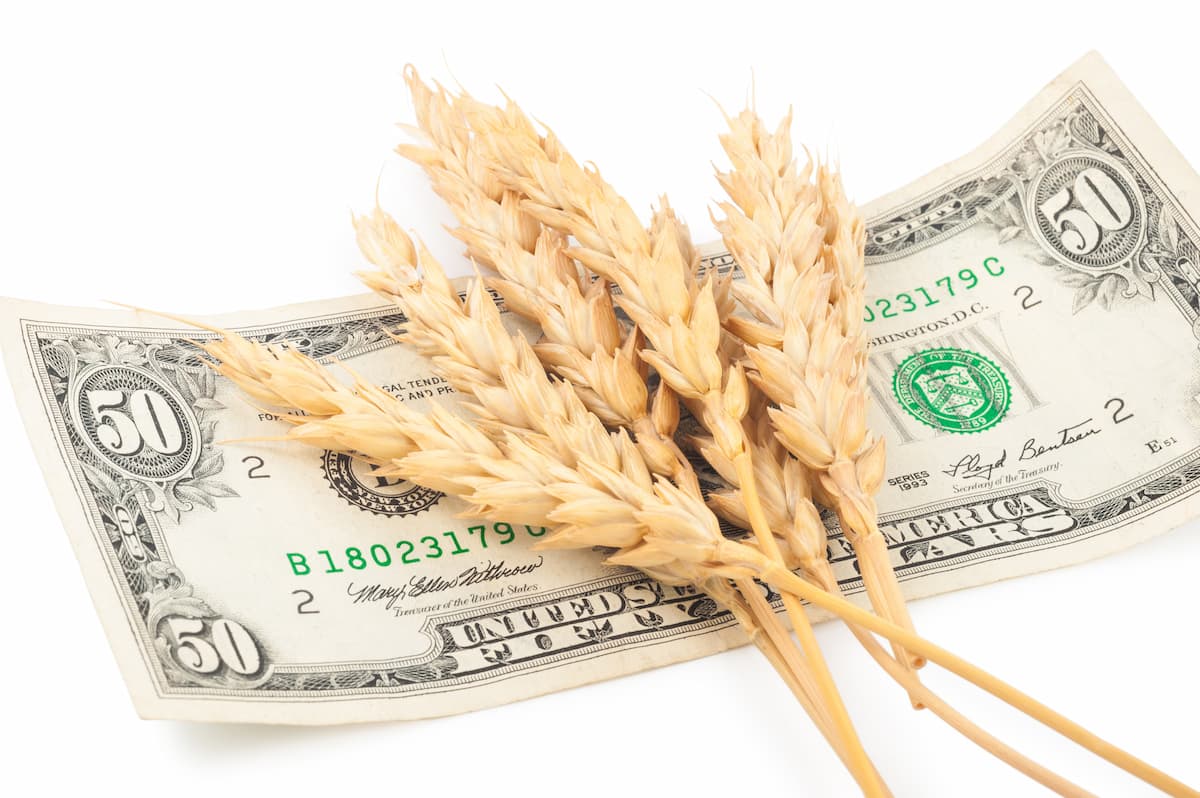World Bank records a decline in world grain prices amid significant supply

According to the World Bank (WB), global wheat and corn prices fell to a 3-year low in Q1 2024 and continued to fall in April. The grain market is under pressure from large volumes of supply from the US and Russia, as well as active exports from major producing countries. However, next season, significant production will be offset by increased consumption.
In the 1st quarter of 2024, the world prices for corn and wheat decreased by 11% and 4% compared to the previous quarter, and by 30% and 25% respectively compared to the 1st quarter of 2023. According to the FAO, in March, the prices for U.S. corn decreased by 33% to 190.6 $/t compared to March 2023, and for wheat – by 25% to 274.3 $/t.
In April, prices continued to fall amid increased supply and exports of grain. Significant harvests in the US, the EU and Russia increased competition on the global market.
Thus, Russia plans to export 70 million tons of grain this season, including 50 million tons of wheat. IGC experts estimate grain exports from Russia at 63.3 million tons, and from the EU at 47.9 million tons, which is in line with the EU plans. To boost exports, sellers are willing to lower prices, but this does not increase demand. Thus, against the background of significant stocks, China – the main importer of wheat, reduced its purchases in the second half of the season.
World Bank experts believe that world prices are under pressure from high rates of Ukrainian exports, which were not hindered by the termination of the grain deal and the introduction of restrictions by the eastern EU countries. However, they note that due to the small volumes of supplies, Ukraine has a much smaller impact on the world market than the United States, where corn production, according to the Ministry of Agriculture, will be 12% higher this year than last year and reach 389.7 million tons due to an increase in planted areas and a significant improvement in yields.
At the same time, the WB allows for a local increase in grain prices in Europe amid a ban by some countries on supplies from Ukraine and the EU’s intention to impose a duty on grain imports from Russia. Ukraine and Russia are the largest grain suppliers to the EU.
WB experts believe that next season global grain production will remain high, and they are supported by FAO analysts. At the same time, they all expect an increase in demand for grain, particularly from Argentina, Mexico, Egypt and China, which will correct the market balance.
Read also
Wheat in Southern Brazil Impacted by Dry Weather and Frosts
Oilseed Industry. Leaders and Strategies in the Times of a Great Change
Black Sea & Danube Region: Oilseed and Vegoil Markets Within Ongoing Transfor...
Serbia. The drought will cause extremely high losses for farmers this year
2023/24 Safrinha Corn in Brazil 91% Harvested
Write to us
Our manager will contact you soon



